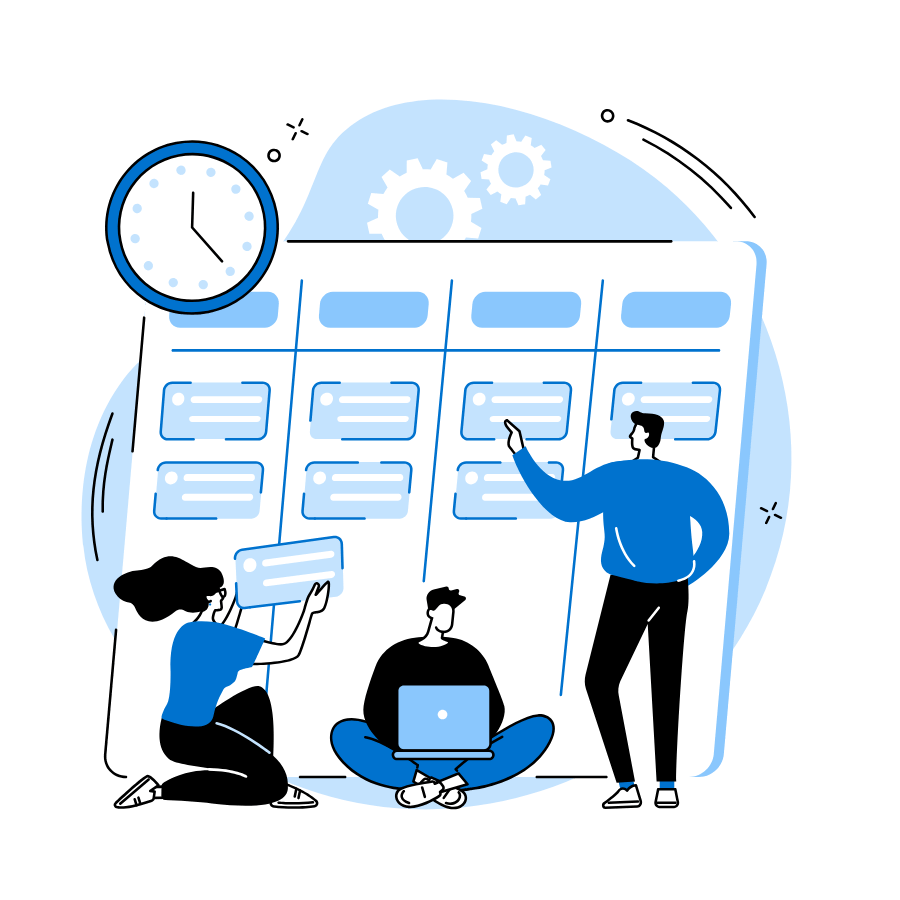How to Know You’re Ready for a Scrum Team

Understanding CMMI V3.0 Practice Areas: A Video Explainer with Steve Kelly
April 14, 2025Scrum gets thrown around a lot these days. But how do you know if your project—or your organization—is actually ready for a Scrum team?

First, What Is Scrum (and Why Do Dev Teams Use It)?
Scrum is a framework for delivering complex projects in small, manageable chunks—especially useful for building custom apps.
Instead of building everything at once and crossing your fingers it works, Scrum teams:
- Work in short cycles called sprints (usually 2 weeks)
- Pick a few high-priority tasks at the start of the sprint
- Build, test, and deploy small, working features quickly
- Get feedback fast and adjust as needed
To ensure steady communication and solid delivery, a Scrum team usually includes:
- Product Owner (the decision-maker)
- Scrum Master (like a project coach)
- Cross-functional development team (collaborates closely with stakeholders)
How to Know You’re Actually Ready for a Scrum Team
1. You Have a Real Business Problem to Solve (Not Just “Build Me a Thing”)
Scrum works best when there’s a clear problem to solve, not just a list of features someone scribbled on a whiteboard last month. Maybe it’s a legacy app that’s slowing you down. Maybe it’s a new product you want to bring to life and need to move fast without losing direction. Either way, you need a vision. And nope, a bloated backlog doesn’t count.
The Scrum mindset starts with these simple questions: “What problem are we solving, and who are we solving it for?”
If you can answer that, you’re ahead of most. And now you’re building with purpose, instead of just pushing pixels or cranking out code no one needs.
2. You’re Open to Collaboration (and Some Honest Feedback)
Scrum isn’t set-it-and-forget-it. As a project sponsor, you don’t need to be on daily calls with 13 people, but you do need to be available for regular check-ins, give feedback, and the willingness to pivot if something’s not working.
Let’s say your team delivers a new UI layout after Sprint 1. It technically works, but it feels clunky, and branding is way off. If no one speaks up, they’ll keep building on top of it. A quick, honest “This isn’t quite right for our users” early on will save sprints of rework and frustration down the line.
Honest, quick feedback early prevents bigger problems later.
3. You’re Comfortable Delivering in Small Chunks
Scrum teams don’t wait six months to show results. We build in sprints. We deliver in increments. If you’re okay seeing progress every couple weeks (and refining as you go), you’ve got the best right mindset.
For example, instead of waiting months for a fully baked out e-commerce app, you might start with just product search and checkout. After that, then layer in reviews, wishlists, and promo codes in future sprints.
Scrum works best when you can say: “Let’s get something working and build on it.”
It’s not: “We need every feature finished before we can show anything.”

4. You’re Willing to Prioritize Ruthlessly
Scrum thrives on focus. And focus starts with clear priorities. That means someone on your team (usually a Product Owner or project lead) must be ready to make tough calls and draw a clear line between “must-have” and “nice-to-have.”
In every sprint, there’s limited time and capacity. If everything is labeled “Priority 1,” your team ends up guessing, or worse, spreading themselves too thin trying to do it all.
Being ready for a Scrum team means you’re okay saying things like:
- “This is what matters most right now.”
- “That can wait for a future sprint.”
This doesn’t mean you throw out good ideas. It means you focus on delivering the highest value first, then iterating based on feedback.
5. You Want to Build the Right Thing (Not Just Build It Right)
Scrum helps reduce risk by testing assumptions early. If your goal is to deliver real value, not just deploy code, you’re on the right path.
Here’s why that matters: You might assume users want a dashboard loaded with advanced filters. But after releasing an early version, you find they just want a clean, real-time view that can be accessible on all devices. With Scrum, you can adjust quickly and focus on what actually works—before wasting time and effort on features no one uses.
You’ll know you’re ready when you’re less focused on buzzwords and more focused on outcomes that move the needle.
Final Thought
Sure, a Scrum team is a development resource. However, it’s also a strategic delivery engine. If you’re trying to solve a real problem, want tight feedback loops, and care about rapid, high-impact delivery, you’re probably ready.
If that sounds like what you need, it might be time to call in a partner who can bring that Scrum expertise and execution muscle. (Spoiler: That’s us.)





